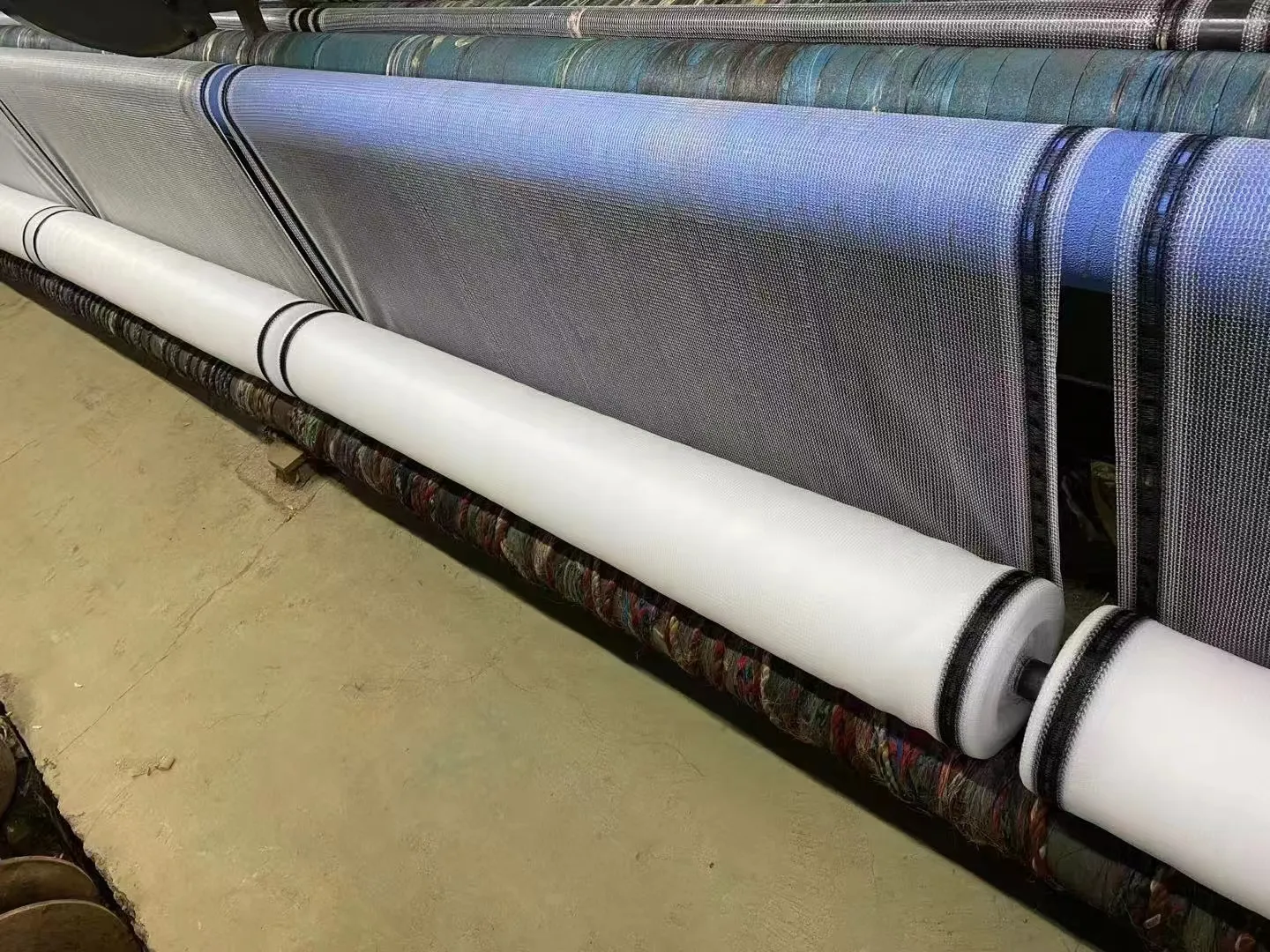-
 Afrikaans
Afrikaans -
 Albanian
Albanian -
 Amharic
Amharic -
 Arabic
Arabic -
 Armenian
Armenian -
 Azerbaijani
Azerbaijani -
 Basque
Basque -
 Belarusian
Belarusian -
 Bengali
Bengali -
 Bosnian
Bosnian -
 Bulgarian
Bulgarian -
 Catalan
Catalan -
 Cebuano
Cebuano -
 China
China -
 Corsican
Corsican -
 Croatian
Croatian -
 Czech
Czech -
 Danish
Danish -
 Dutch
Dutch -
 English
English -
 Esperanto
Esperanto -
 Estonian
Estonian -
 Finnish
Finnish -
 French
French -
 Frisian
Frisian -
 Galician
Galician -
 Georgian
Georgian -
 German
German -
 Greek
Greek -
 Gujarati
Gujarati -
 Haitian Creole
Haitian Creole -
 hausa
hausa -
 hawaiian
hawaiian -
 Hebrew
Hebrew -
 Hindi
Hindi -
 Miao
Miao -
 Hungarian
Hungarian -
 Icelandic
Icelandic -
 igbo
igbo -
 Indonesian
Indonesian -
 irish
irish -
 Italian
Italian -
 Japanese
Japanese -
 Javanese
Javanese -
 Kannada
Kannada -
 kazakh
kazakh -
 Khmer
Khmer -
 Rwandese
Rwandese -
 Korean
Korean -
 Kurdish
Kurdish -
 Kyrgyz
Kyrgyz -
 Lao
Lao -
 Latin
Latin -
 Latvian
Latvian -
 Lithuanian
Lithuanian -
 Luxembourgish
Luxembourgish -
 Macedonian
Macedonian -
 Malgashi
Malgashi -
 Malay
Malay -
 Malayalam
Malayalam -
 Maltese
Maltese -
 Maori
Maori -
 Marathi
Marathi -
 Mongolian
Mongolian -
 Myanmar
Myanmar -
 Nepali
Nepali -
 Norwegian
Norwegian -
 Norwegian
Norwegian -
 Occitan
Occitan -
 Pashto
Pashto -
 Persian
Persian -
 Polish
Polish -
 Portuguese
Portuguese -
 Punjabi
Punjabi -
 Romanian
Romanian -
 Russian
Russian -
 Samoan
Samoan -
 Scottish Gaelic
Scottish Gaelic -
 Serbian
Serbian -
 Sesotho
Sesotho -
 Shona
Shona -
 Sindhi
Sindhi -
 Sinhala
Sinhala -
 Slovak
Slovak -
 Slovenian
Slovenian -
 Somali
Somali -
 Spanish
Spanish -
 Sundanese
Sundanese -
 Swahili
Swahili -
 Swedish
Swedish -
 Tagalog
Tagalog -
 Tajik
Tajik -
 Tamil
Tamil -
 Tatar
Tatar -
 Telugu
Telugu -
 Thai
Thai -
 Turkish
Turkish -
 Turkmen
Turkmen -
 Ukrainian
Ukrainian -
 Urdu
Urdu -
 Uighur
Uighur -
 Uzbek
Uzbek -
 Vietnamese
Vietnamese -
 Welsh
Welsh -
 Bantu
Bantu -
 Yiddish
Yiddish -
 Yoruba
Yoruba -
 Zulu
Zulu
Durable Debris Netting for Heavy-Duty Construction and Safety Applications
Understanding Heavy Duty Debris Netting A Comprehensive Guide
Heavy duty debris netting is an essential safety product used across various industries, including construction, renovation, and landscaping. Its primary purpose is to contain debris, dust, and other hazardous materials, thereby protecting workers and bystanders from potential injuries and ensuring compliance with safety regulations. This article explores the features, benefits, and applications of heavy duty debris netting, as well as tips for selecting the right product for your needs.
What is Heavy Duty Debris Netting?
Heavy duty debris netting is made from robust, high-density polyethylene (HDPE) or other durable materials that can withstand harsh environmental conditions. This type of netting is designed to be resistant to UV rays, water, and chemicals, resulting in a longer lifespan when exposed to the elements. The netting is specifically engineered to capture falling objects such as tools, bricks, and other construction materials, preventing them from becoming airborne and potentially causing harm.
Key Features
1. Strength and Durability Heavy duty debris netting is constructed to endure significant stress and impact, making it ideal for high-traffic construction sites where safety is a priority.
2. Versatility Available in various sizes and mesh configurations, heavy duty netting can be adapted to different project requirements, whether it’s covering scaffolding, enclosing work zones, or protecting adjacent properties.
3. Easy Installation Most heavy duty debris netting products come with reinforced edges and grommets, allowing for quick and secure installation. This ease of use makes it accessible even for those with limited experience in safety setups.
4. Visibility Many heavy duty nettings are designed to be visible, often in bright colors like green or orange, enhancing safety by making the barrier noticeable to workers and passersby.
Benefits of Using Heavy Duty Debris Netting
The use of heavy duty debris netting offers numerous advantages
heavy duty debris netting

- Enhanced Safety By effectively containing falling debris, heavy duty netting significantly reduces the risk of injuries on construction sites.
- Compliance with Regulations Many local regulations require the use of debris netting on construction sites to ensure public safety. Using this netting helps companies remain compliant with legal standards.
- Cost-Effective Solution Investing in heavy duty debris netting can save costs associated with accidents and injuries, insurance claims, and potential fines for non-compliance.
Applications
Heavy duty debris netting is widely used in several settings, including
- Construction Sites For enclosing scaffolding and protecting pedestrians and adjacent structures from falling materials.
- Renovation Projects To contain dust and debris during interior and exterior renovations.
- Landscaping When performing tree surgery or landscaping work, to catch falling branches and debris.
Conclusion
Heavy duty debris netting is a crucial component in maintaining safety on construction sites and during various projects. By choosing the right type of netting, project managers can ensure a safer work environment, protect workers and the public, and comply with safety regulations. When selecting debris netting, consider factors such as durability, application, and ease of installation to find the best solution for your needs. Investing in quality debris netting is not just a regulatory necessity; it’s a commitment to safety and efficiency in the workplace.
-
Shipping Plastic Bags for Every NeedNewsJul.24,2025
-
Safety Netting: Your Shield in ConstructionNewsJul.24,2025
-
Plastic Mesh Netting for Everyday UseNewsJul.24,2025
-
Nylon Netting for Every UseNewsJul.24,2025
-
Mesh Breeder Box for Fish TanksNewsJul.24,2025
-
Expanded Steel Mesh Offers Durable VersatilityNewsJul.24,2025











